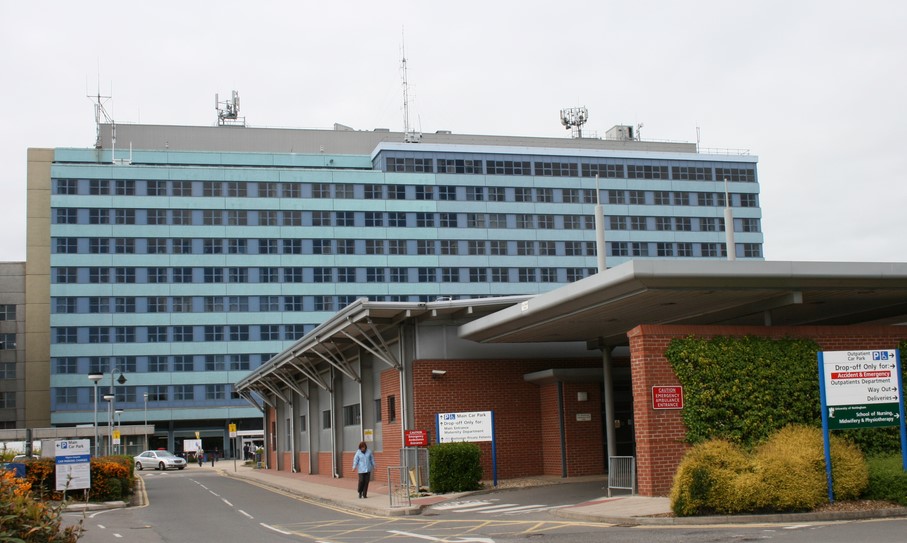The number of households in Lincolnshire living in fuel poverty has fallen, according to new figures.
Following a nationwide review of the problem, the Government has adopted a new “definition” of fuel poverty, which deems those on the lowest incomes and in the most energy inefficient homes to be in fuel poverty.
Under the new definition, around an eighth of households in Lincolnshire (12.2 per cent) are considered to be in fuel poverty, compared to around a fifth (20.2 per cent) under the old definition.
The old measure of fuel poverty were those households which spent more than ten per cent of their income on energy to keep warm.
A report presented to Lincolnshire County Council’s environmental scrutiny committee recently highlighted progress made on tackling fuel poverty in Lincolnshire since an action plan was drawn up in 2012.
This includes a Lincolnshire Affordable Warmth Strategy, overseen by the Home Energy Lincs Partnership (HELP), working with Public Health.
Public Health now has staff whose remit includes fuel poverty. The department is also providing training to the county’s Wellbeing Service, established to support people facing a change of circumstances, so in-home help to reduce fuel poverty can be included in the service.
HELP has also established a collective energy switching scheme and is now focusing on those most in need of switching energy providers and work is ongoing to establish a countywide housing database, including details on insulation and heating.







